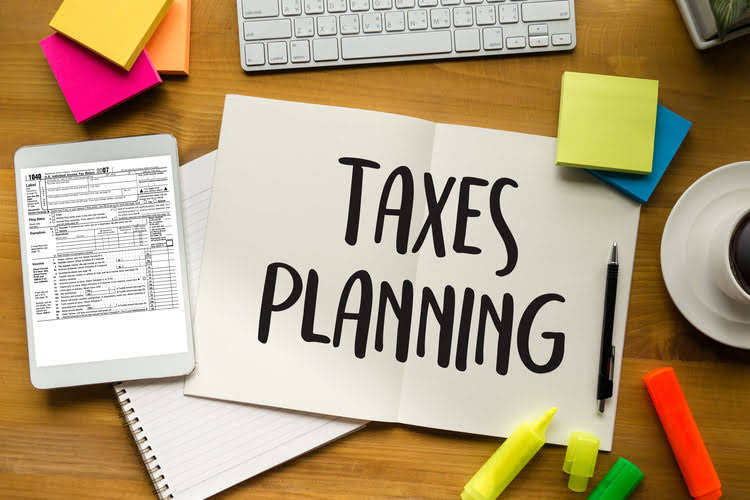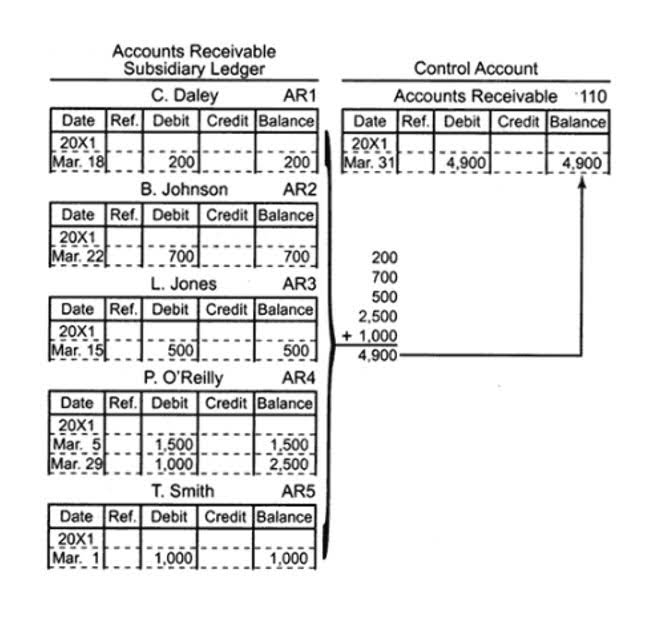Expanded Accounting Equation: Definition, Formula, How It Works

Understanding and analyzing key financial statements like the balance sheet, income statement, and cash flow statement is critical to painting a clear picture of a business’s past, present, and future performance. Knowing what goes into preparing these documents can also be insightful. Below liabilities on the balance sheet is equity, or the amount owed to the owners of the company. Since they own the company, this amount is intuitively based on the accounting equation—whatever assets are left over after the liabilities have been accounted for must be owned by the owners, by equity.
Company worth
- Substituting for the appropriate terms of the expanded accounting equation, these figures add up to the total declared assets for Apple, Inc., which are worth $329,840 million U.S. dollars.
- Liabilities are presented as line items, subtotaled, and totaled on the balance sheet.
- It is the fundamental foundation of accounting that ensures financial statement accuracy.
- We could also look to XOM’s income statement to identify the amount of revenues and dividends the company earned and paid out.
- The inventory (asset) will decrease by $250 and a cost of sale (expense) will be recorded.
This includes expense reports, cash flow and salary and company investments. Firms can get the data for total assets and total liabilities from the balance sheet which they can then use further in the accounting equation to determine assets equals the equity. An asset is a resource that can provide current or future economic benefit to the organization who owns or controls the asset. Assets are reported on a company’s balance sheet and comprises various asset types such as intangible assets, financial assets, fixed assets and current assets.

How to calculate liabilities in accounting?

In short, the balance sheet is a financial statement that provides a snapshot of what a company owns and owes, as well as the amount invested by shareholders. Balance sheets can be used with other important https://www.facebook.com/BooksTimeInc/ financial statements to conduct fundamental analysis or calculate financial ratios. The accounting equation is important as it lays the foundation of accounting and the double-entry system. It ensures accuracy in recording financial transactions and ensures that the balance sheet is balanced. It provides stakeholders an effective way to analyze the financial position of the firm.
- As a core concept in modern accounting, this provides the basis for keeping a company’s books balanced across a given accounting cycle.
- The balancing entry is a reduction in the equity of the shareholders.
- A balance sheet provides a snapshot of a company’s financial performance at a given point in time.
- As transactions occur within a business, the amounts of assets, liabilities, and owner’s equity change.
- Unlike liabilities, equity is not a fixed amount with a fixed interest rate.
- While the balance sheet is concerned with one point in time, the income statement covers a time interval or period of time.
- In the coming sections, you will learn more about the different kinds of financial statements accountants generate for businesses.
Ask Any Financial Question
The only equity is Sam’s capital (i.e., owner’s equity amounting to $100,000). Incorrect classification of an expense does not affect the accounting equation. These are some simple examples, but even the most complicated transactions can be recorded in a similar way. Along with Equity, they make up the other side of the Accounting Equation. You can think of them as resources that a business controls due to past transactions or events.
Here we can see the list of all assets that have been reported on Hershey company balance sheet for 2023. The major and often largest value assets of most companies are that company’s machinery, buildings, and property. If the balance sheet you’re working on does not balance, it’s an indication that there’s a problem with one or more https://www.bookstime.com/ of the accounting entries. Undistributed pamphlets saved for promotion in the future can however be included in the inventory assets. Like all accounting, assets are recognized when a past transaction establishes control over the asset.

The Accounting Equation: Assets = Liabilities + Equity
In this example, the owner’s value in the assets is $100, representing the company’s equity. In accounting, the company’s total equity value is the sum of owners equity—the value of the assets contributed by the owner(s)—and the total income that the company earns and retains. Current liabilities are obligations that the company should settle one year or less. They consist, predominantly, of short-term debt repayments, payments to suppliers, and monthly operational costs (rent, electricity, accruals) that are known in advance.

